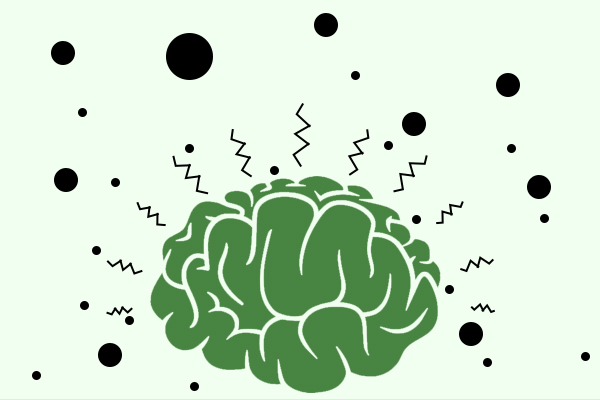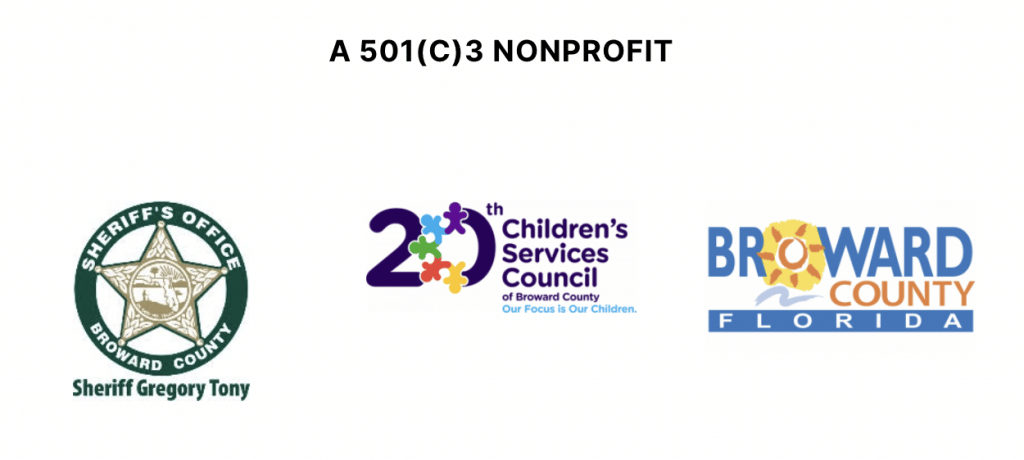
(This is part two of a three-part blog series on dopamine fasting and recovery techniques).
In last week’s article, we introduced you to dopamine – the neurotransmitter that’s responsible for that amazing feeling we get when we accomplish something good. The flip-side is that it’s also responsible for many of our really bad habits and time-wasting pursuits.
This week we’re going to continue with our discussion about dopamine and introduce dopamine fasting techniques to reset your brain, kick addictive behaviors, and find your motivation again.
The key to success is found in reducing excessive dopamine stimulating behaviors in small, regular, and manageable increments.
So, what is dopamine fasting anyway?
Essentially, the idea of dopamine fasting is to avoid activities that are producing excessive dopamine release as much as possible. Dr. Cameron Sepah writes that avoiding dopamine stimulating activities for extended periods of time will help you to reset your brain and let go of addictive behaviors.
The idea of dopamine fasting is based in cognitive behavioral therapy (CBT). Dr. Sepah writes that the key to success is found in reducing excessive dopamine stimulating behaviors in small, regular, and manageable increments. You are essentially re-training your brain to be less influenced by emotion and desire by providing rational alternatives.
In other words, you don’t have to go cold-turkey and live like a hermit monk. You still have a life and will be able to enjoy the things you like to do.
There are three basic steps to approach dopamine fasting.
Identify the Stimulus – Whatever is Causing Addiction, Distress, or Impairment

Yes, I know that sounds obvious – but it may not be as straightforward as you might think. Some destructive behaviors are easy to recognize like eating too much, binging on pornography, or indulging in sugary drinks. Other dopamine stimulating behaviors can be much harder to pinpoint – like the unhealthy reliance on other people for your emotional validation (think social media).
Take a few days to be as self-aware as you can. Start a list of behaviors that you want to change, and give each behavior a rank. For example, you may find that you drink a little too much soda and you would like to cut down, but really it’s not that bad (maybe you give it a 2), but that you spend way too much time on social media keeping tabs on comments (maybe you give that a 7).
Work on one behavior at a time. You can start on your lower ranked numbers first if you think that will be easier to get into the habit – or if you’re feeling really determined, start with the worst of the worst.
Set a Fasting Schedule

Set aside at least one day out of the week where you don’t engage in the activity that you are working to reduce. If that seems too daunting, then perhaps you can set aside two half-days. The scheduling is completely up to you, but the idea is to develop a regularly scheduled pattern of avoidance to begin weaning yourself off of the behavior.
It’s best to start small and ease into this – you don’t want to become discouraged and quit before you give yourself the chance to succeed! Build up slowly by adding more time as you gain confidence.
Reward Yourself for Following Through
You did it! You got through your first scheduled week of dopamine fasting. As you progress, it’s important to provide yourself with a new source of stimulation – but this time it will be from the accomplishment of sticking to your goals.
When choosing your reward, try to pick something that will not reinforce the behavior that you’re trying to reduce. For example, having Coke as a reward for avoiding soda on your fast-day may be sending the wrong signal to yourself.
Here is a link to a great website that lists hundreds of different ways that you can reward yourself for a job well done!
Next week we wrap up our three part series on dopamine fasting with slightly more advanced techniques that will help to guarantee your success in reducing or eliminating unwanted behaviors.
Citations:
- “Dopamine.” Psychology Today, 2021, www.psychologytoday.com/us/basics/dopamine.
- Scott, S. “155 Ways to Reward Yourself for Reaching Your Goals.” Develop Good Habits, 27 Jan. 2021, www.developgoodhabits.com/reward-yourself.
- Sepah, Cameron. “The Definitive Guide to Dopamine Fasting 2.0: The Hot Silicon Valley Trend.” Medium, 24 Aug. 2020, medium.com/swlh/dopamine-fasting-2-0-the-hot-silicon-valley-trend-7c4dc3ba2213.


2 Responses
[…] In our next two articles, we will cover scientifically proven techniques rooted in physiological and cognitive research to help you successfully break your dopamine addictions and restore your motivation. […]
[…] far! If you’re just reading this for the first time, I would highly recommend reading Part 1 and Part 2 before […]